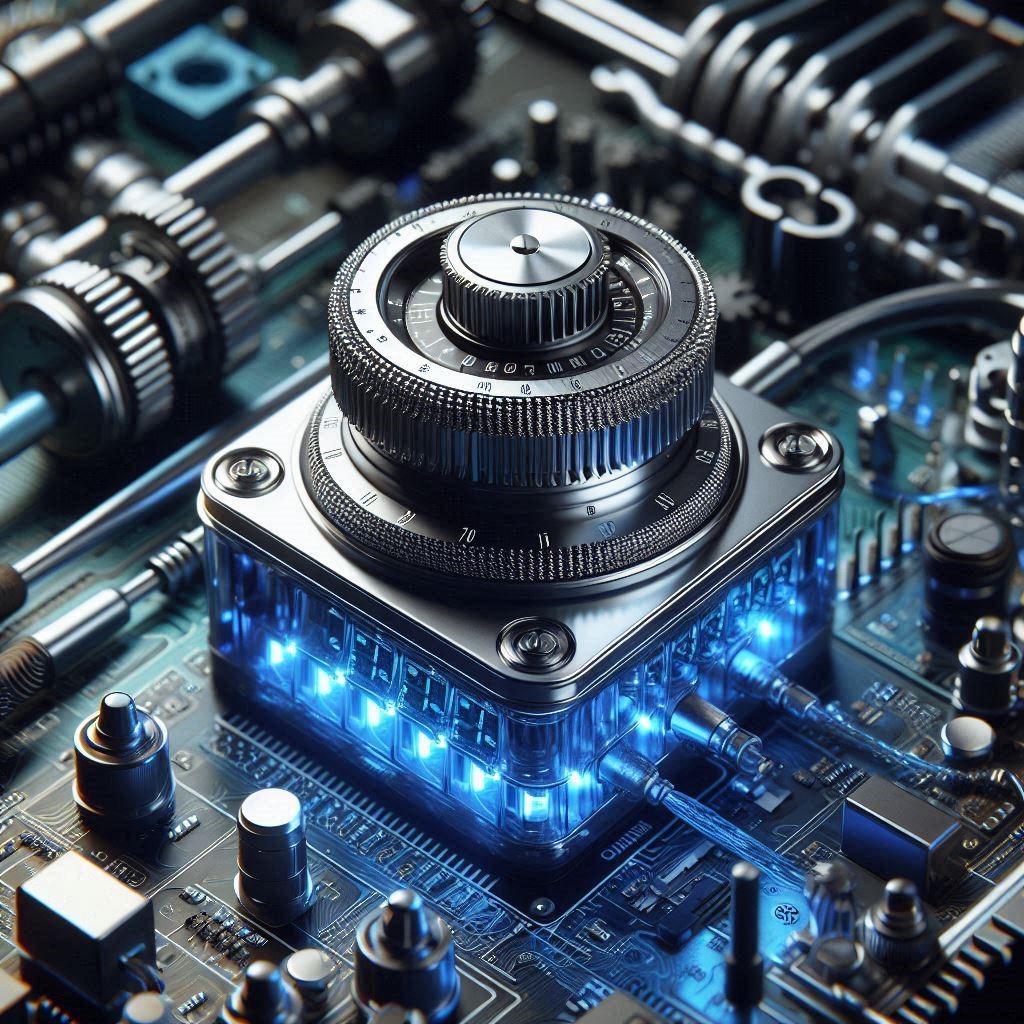The global timing devices market is witnessing significant expansion, driven by surging demand across diverse high-growth sectors including telecommunications, automotive, and consumer electronics. With the increasing reliance on precision, synchronization, and high-speed data transmission in today’s digital world, timing devices have become indispensable in modern electronic systems.
What Are Timing Devices?
Timing devices are electronic components that generate, control, or measure precise time intervals. These include components such as oscillators, resonators, clock generators, and MEMS timing devices, all of which provide the critical timing reference needed for synchronizing system operations. In an age where devices are becoming more compact, connected, and intelligent, the performance and reliability of timing solutions are more essential than ever.
Telecommunications: Enabling High-Speed Connectivity
The telecommunications industry remains a core driver of growth for the timing devices market. With the global rollout of 5G networks, the demand for ultra-precise synchronization has intensified. Timing devices are crucial in maintaining accurate signal transmission across network nodes, base stations, and data centers. Technologies like synchronous Ethernet (SyncE) and precision time protocol (PTP) rely heavily on high-performance oscillators and clock modules to maintain seamless communication and minimal latency. As mobile networks become more complex and decentralized, the need for timing precision only grows—fueling innovation and investment in this segment.
Automotive: Powering Next-Gen Vehicles
The automotive sector is rapidly transforming with the emergence of electric vehicles (EVs), autonomous driving, advanced driver-assistance systems (ADAS), and in-vehicle infotainment systems. All these innovations depend on accurate timing signals for safety, control, and coordination. In autonomous systems, timing devices ensure that multiple sensors—LIDAR, radar, cameras—work in precise harmony. Additionally, engine control units (ECUs), navigation systems, and wireless connectivity modules within vehicles require stable and reliable timing solutions to function correctly. As automotive electronics grow more sophisticated, the demand for automotive-grade timing devices—capable of operating in harsh environments—is expanding significantly.
The timing devices Industry is projected to grow from USD 5.24 billion in 2024 and is expected to reach USD 7.59 billion by 2030, growing at a CAGR of 6.4% from 2024 to 2030. The telecommunication industry drives the timing devices Industry.
Download PDF Brochure @ https://www.marketsandmarkets.com/pdfdownloadNew.asp?id=121133929

Consumer Electronics: Precision in Every Pocket
In the realm of consumer electronics, timing devices are embedded in virtually every device—from smartphones, smartwatches, tablets, to gaming consoles and wearable health tech. These components help manage everything from screen refresh rates and wireless connectivity to internal data processing and multimedia playback. The global proliferation of IoT devices and smart home products has also added a new dimension to the timing devices market, requiring low-power, highly integrated, and cost-efficient solutions. As consumers demand faster, smarter, and more power-efficient gadgets, manufacturers are turning to next-generation timing technologies, including MEMS-based devices, to meet performance and cost goals
Technological Advancements & Market Trends
Emerging trends such as miniaturization, low-power consumption, and integration with wireless technologies are reshaping the timing devices landscape. MEMS (Micro-Electro-Mechanical Systems) timing devices are gaining popularity due to their small size, superior thermal stability, and resistance to shock and vibration—making them ideal for portable electronics and automotive applications. Additionally, advancements in atomic clocks and temperature-compensated crystal oscillators (TCXOs) are expanding the capabilities of precision timing, especially in aerospace, defense, and 5G infrastructure.
Furthermore, the increasing use of cloud services, AI, and edge computing has led to growing demand for data centers, which rely on ultra-precise time synchronization to manage vast amounts of data efficiently and securely.
Regional Outlook and Market Projections
North America and Asia-Pacific currently dominate the timing devices market, with strong contributions from leading economies such as the United States, China, Japan, and South Korea. These regions are home to major semiconductor manufacturers, telecom providers, and consumer electronics giants, fueling domestic demand and global exports. As developing regions continue to expand their digital infrastructure, the adoption of timing technologies is expected to increase, presenting new growth opportunities.
The timing devices market is experiencing dynamic growth, fueled by innovation and rising demand across telecom, automotive, and consumer electronics sectors. As the world becomes increasingly connected and dependent on real-time data, the need for precision timing solutions will continue to rise. Manufacturers that focus on high performance, reliability, and adaptability will be best positioned to lead in this rapidly evolving space.
Leading players in the timing devices Industry include NIHON DEMPA KOGYO CO., LTD., (Japan), Seiko Epson Corporation (Japan), KYOCERA Corporation (Japan), TXC Corporation (Taiwan), Rakon Limited (New Zealand), and Infineon Technologies AG (Germany). Renesas Electronics Corporation (Japan), Microchip Technology Inc. (US), Texas Instruments Incorporated (US), Abracon (US), IQD Frequency Products Ltd. (UK), Vishay Intertechnology, Inc. (US), STMicroelectronics (Switzerland), SiTime Corp. (US), MtronPTI (US), CTS Corporation (US), Diodes Incorporated (US), ON Semiconductor Corporation (US), Crystek Corporation (US), Frequency Electronics, Inc. (US), Greenray Industries, Inc. (US), Oscilloquartz (Switzerland), AccuBeat Ltd. (Israel), Connor-Winfield Corporation (US), and Mercury Inc. (Taiwan) are few other key companies operating in the timing devices Industry .
FAQ
1. What are timing devices?
Timing devices are electronic components that generate and manage precise timing signals. These include oscillators, clock generators, resonators, and MEMS-based timing solutions. They ensure synchronization and stability in electronic systems.
2. Why is the timing devices market growing?
The market is expanding due to rising demand for precise timing across sectors such as telecommunications (especially 5G), automotive electronics, and consumer electronics. The increased need for data synchronization, automation, and device interconnectivity fuels this growth.
3. How are timing devices used in telecommunications?
In telecom, timing devices provide the synchronization required for signal transmission, data accuracy, and network reliability. They are essential in base stations, data centers, and 5G infrastructure, where even nanosecond-level timing can impact performance.
